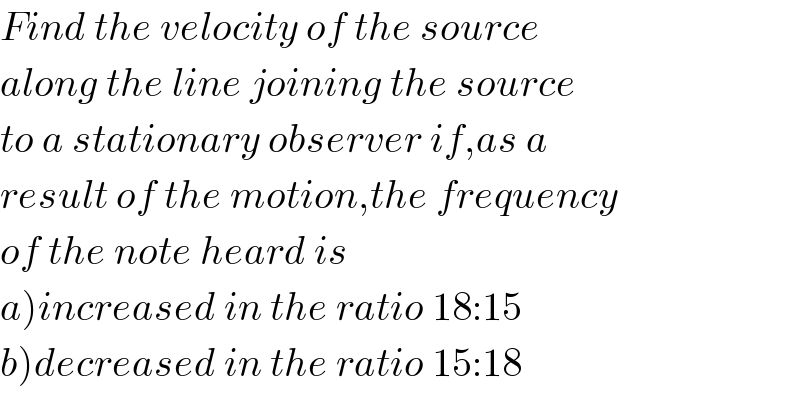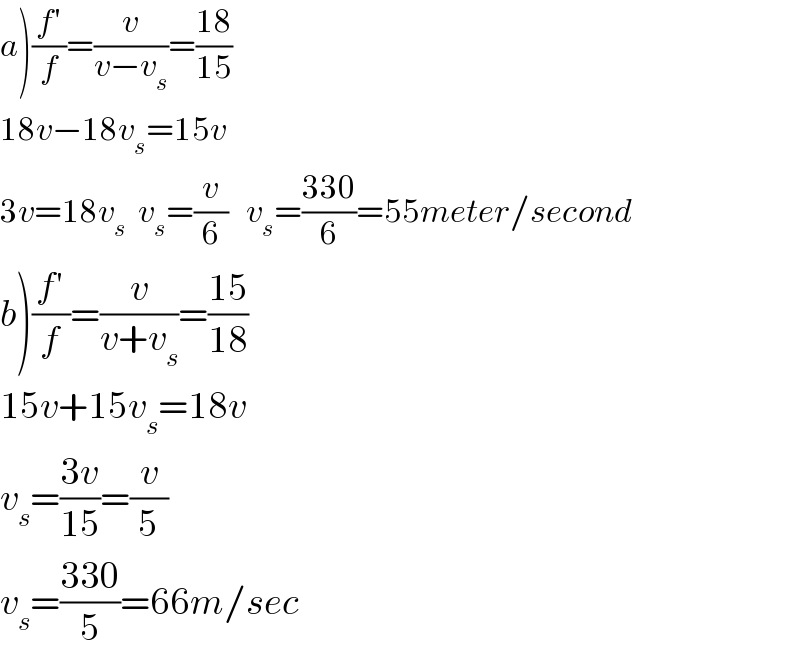
Question and Answers Forum
Previous in Oscillation and Waves Next in Oscillation and Waves
Question Number 35879 by NECx last updated on 25/May/18

Answered by tanmay.chaudhury50@gmail.com last updated on 25/May/18

| ||
Question and Answers Forum | ||
Previous in Oscillation and Waves Next in Oscillation and Waves | ||
Question Number 35879 by NECx last updated on 25/May/18 | ||
 | ||
Answered by tanmay.chaudhury50@gmail.com last updated on 25/May/18 | ||
 | ||
| ||